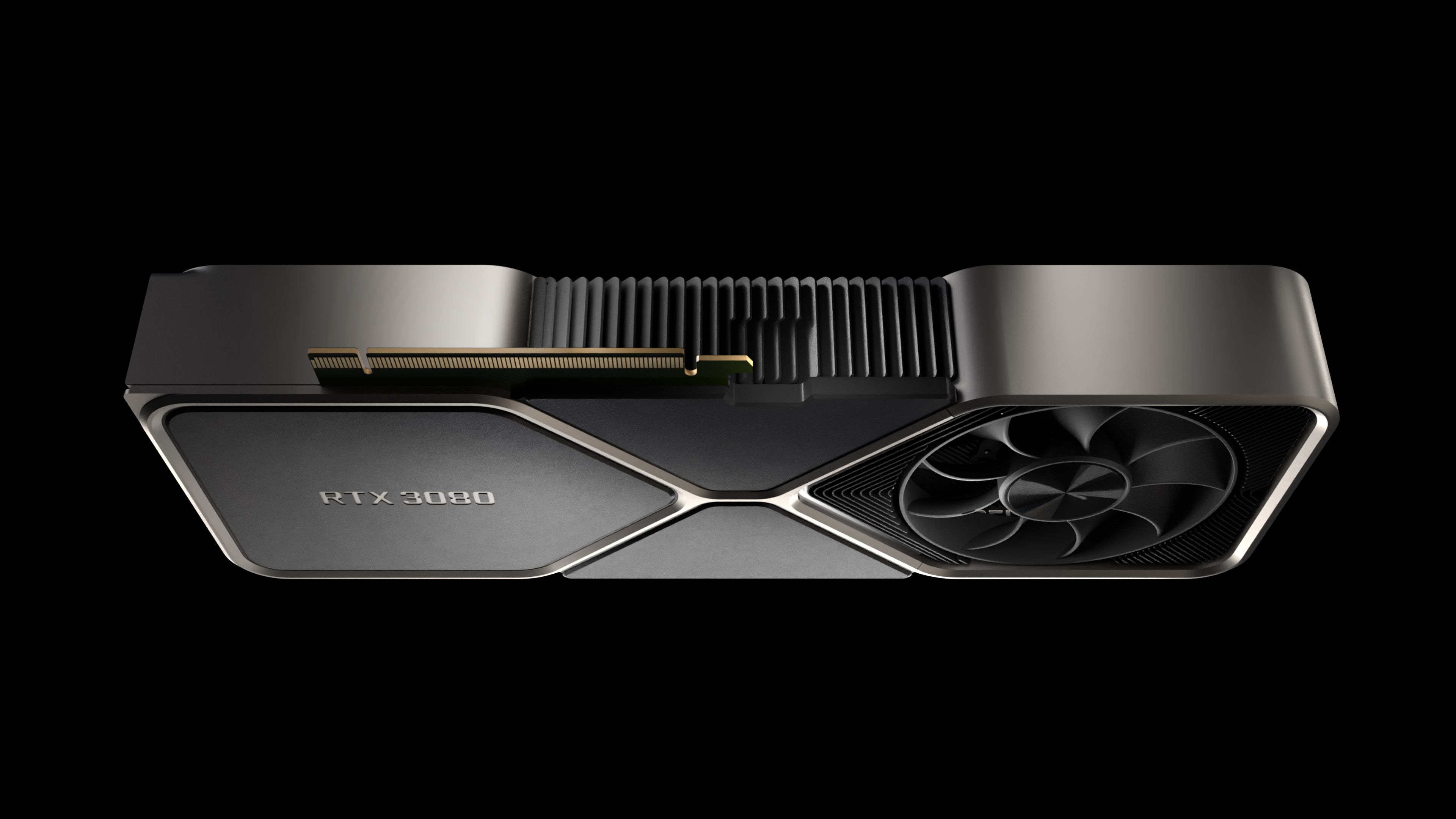- Sep 24, 2015
- 220
- 165
- 116

NVIDIA allegedly cancels GeForce RTX 3080 20GB and RTX 3070 16GB - VideoCardz.com
NVIDIA has just told its board partners that it will not launch GeForce RTX 3080 20GB and RTX 3070 16GB cards as planned. NVIDIA GeForce RTX 3080 20GB and RTX 3070 16GB canceled NVIDIA allegedly cancels its December launch of GeForce RTX 3080 20GB and RTX 3070 16GB. This still very fresh...
I guess if this is true, the current stock situation is going to be more acute. I wonder if nvidia somehow figured out that big navi is going to be a flop?


